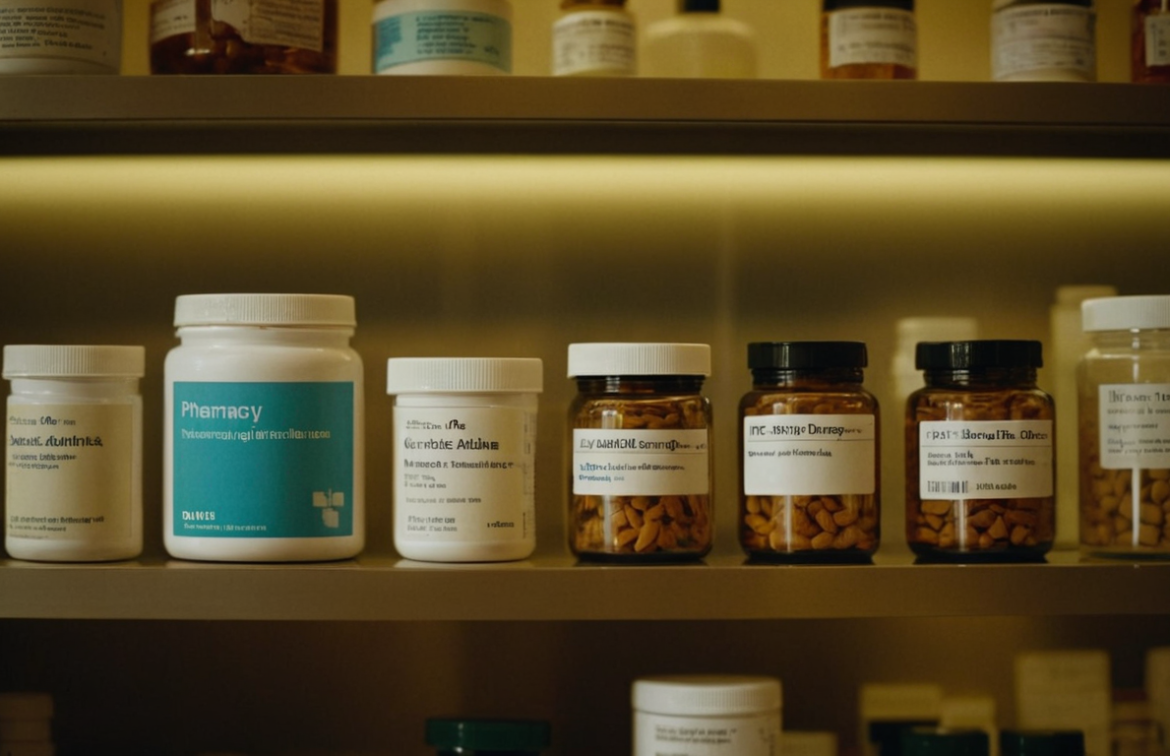Antibiotics are a class of drugs that are used to treat infections caused by bacteria, while disinfectants are used to kill or inactivate microorganisms on surfaces or in liquid. Therefore, the difference between antibiotics and disinfectants with phenol is that antibiotics are designed to treat infections caused by bacteria in the body, while disinfectants are designed to kill or inactivate microorganisms on surfaces or in liquid.
Antibiotics work by interfering with the growth of bacteria, either by killing the bacteria directly or by preventing them from reproducing. They are used to treat infections caused by bacteria, such as pneumonia, urinary tract infections, and skin infections. Antibiotics can be taken orally or injected, and they are effective against a wide range of bacteria.
On the other hand, disinfectants with phenol are used to kill or inactivate microorganisms on surfaces or in liquid. They are commonly used in hospitals, clinics, and other healthcare settings to disinfect surfaces and medical equipment. Disinfectants with phenol are effective against a wide range of microorganisms, including bacteria, fungi, and viruses.
While both antibiotics and disinfectants with phenol have their respective uses and benefits, it is important to note that antibiotics should only be used to treat infections caused by bacteria, while disinfectants with phenol should only be used to disinfect surfaces or liquid. Misuse of antibiotics can lead to the development of antibiotic-resistant bacteria, which can make infections difficult to treat. Similarly, disinfectants with phenol should only be used according to the manufacturer’s instructions and should never be ingested.
In summary, antibiotics are used to treat infections caused by bacteria, while disinfectants are used to kill or inactivate microorganisms on surfaces or in liquid. While both have their respective uses and benefits, it is important to use them correctly and according to the manufacturer’s instructions to avoid any potential negative effects.









